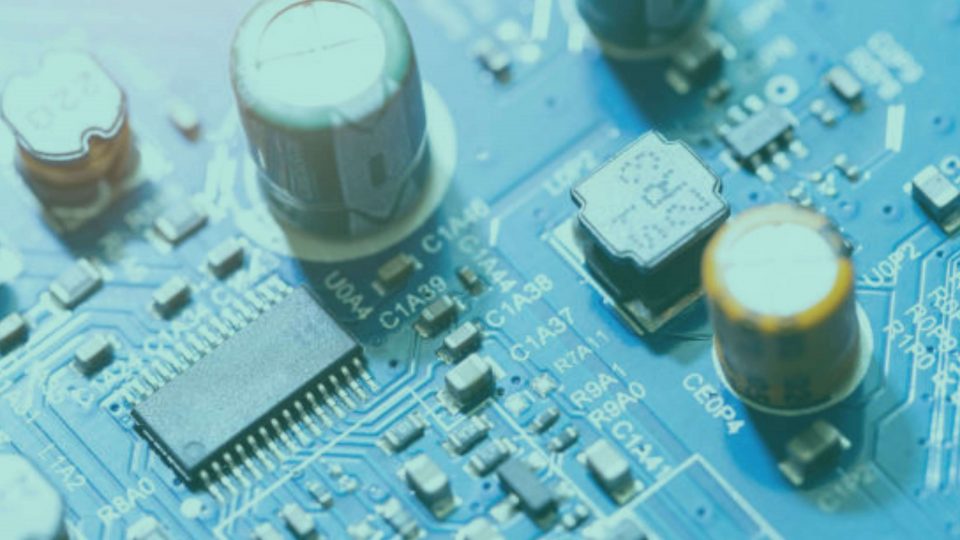How Do Audio Amplifiers Work?
Amplifiers are in stereos, speakers & other music equipment, but they’re also in the likes of televisions and computers. They’re all around us. Amplifiers receive an input signal and create a larger copy of it before sending the copy to connected output equipment.
An in-house battery or your mains electricity provides the mighty power to perform this task and the power is sent directly to the amplifiers power supply. The power supply converts the mains’ alternating current into a direct current and then sends this power to the amplifier’s transistor… which is what dictates how much power flows through the circuit at any one time.
The amount of power the transistor sends depends on the size of the input signal that you have sent into the amplifier. The bigger the input signal, the more current the circuit receives, which creates greater amplification.
And when it comes to the volume knob that we all love to just max out – it is what dictates how much of the current passes through to the output speakers!
But let’s slow this down for a second…
How Electricity and Audio Interact
Let’s go right to the beginning.
When you’re hitting those highs and lows with your sweet vocals, the soundwaves from your mouth move a diaphragm back & forth (like oscillation) inside your condenser microphone, and the microphone translates this movement into an electrical signal. Just like a soundwave has compressions and rarefactions, the electrical signal fluctuates to represent them in order to accurately represent the soundwave from your vocals!
The diaphragm is very sensitive in order to pick up on all the minute changes in pressure of a soundwave, so the electrical current it produces is very small. This makes a wires job to carry the signal very easy!
However, it’s not so great for a speaker. Like a diaphragm moves back & forth, a speaker cone pumps in and out. A weak signal won’t allow for the full reproduction of the audio signal because the speaker cone doesn’t have the power to pump in and out at full power – and that’s why we have amplifiers. They’re here to boost a signal enough to drive a speaker!
An amplifier will create a brand new output signal, an amplified copy of the input signal, and sends that to the speakers. The power supply generates the output, whether battery-powered or from mains electricity, and also smooths out the signal to ensure it’s even and does not get disrupted. This is what drives the speaker cone!
The input signal, your awesome vocals, modifies the output signal in real-time. Because the electrical signal of the input is weak, a pre-amplifier (which works more or less the same as the amplifier itself) is necessary to boost the signal and to make sure it has enough power to actually affect the output signal. Some amplifiers have multiple pre-amplifiers inside them to build up to the desired voltage!
Remember those signal fluctuations we were talking about? The input applies a varying resistance to the output which reproduces the compression and rarefactions in the audio signal!
All music producers use samples of one form or another. Not everyone can lay down some sweet vocals whenever they choose. Entice more listeners by using the jaw-dropping, bass popping samples on Mixxed!
Utilize our huge library of royalty-free loops, one-shots, melodies, and more for less than $3 a month. We’ve got samples to suit all genres, so you bet we’ve got something for you.
We’ve taken care of all the copyright procedures so that you can spend more time creating whatever music it is you create.
Sign up today!
Stay up to date with the Mixxed blog by following us on our socials!
